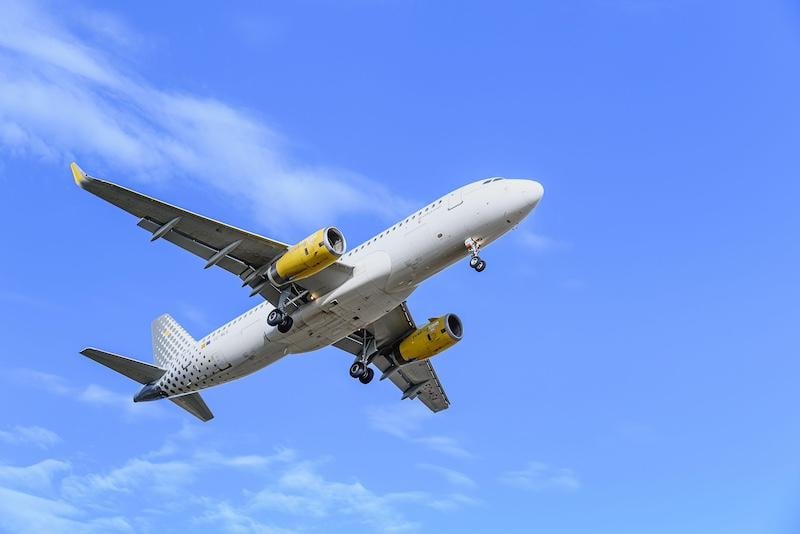
Credit: Toni/Alamy Stock Photo
With Aviation Week Events MRO Europe coming up in Barcelona, Spain, Flight Friday looks at how Europe is faring compared to 2019. Immediately after the onset of the pandemic, widebodies and regional turboprops didn’t drop as low in equivalent 2019 utilization compared to narrowbodies and regional...
Subscription Required
This content requires a subscription to one of the Aviation Week Intelligence Network (AWIN) bundles.
Schedule a demo today to find out how you can access this content and similar content related to your area of the global aviation industry.
Already an AWIN subscriber? Login
Did you know? Aviation Week has won top honors multiple times in the Jesse H. Neal National Business Journalism Awards, the business-to-business media equivalent of the Pulitzer Prizes.
